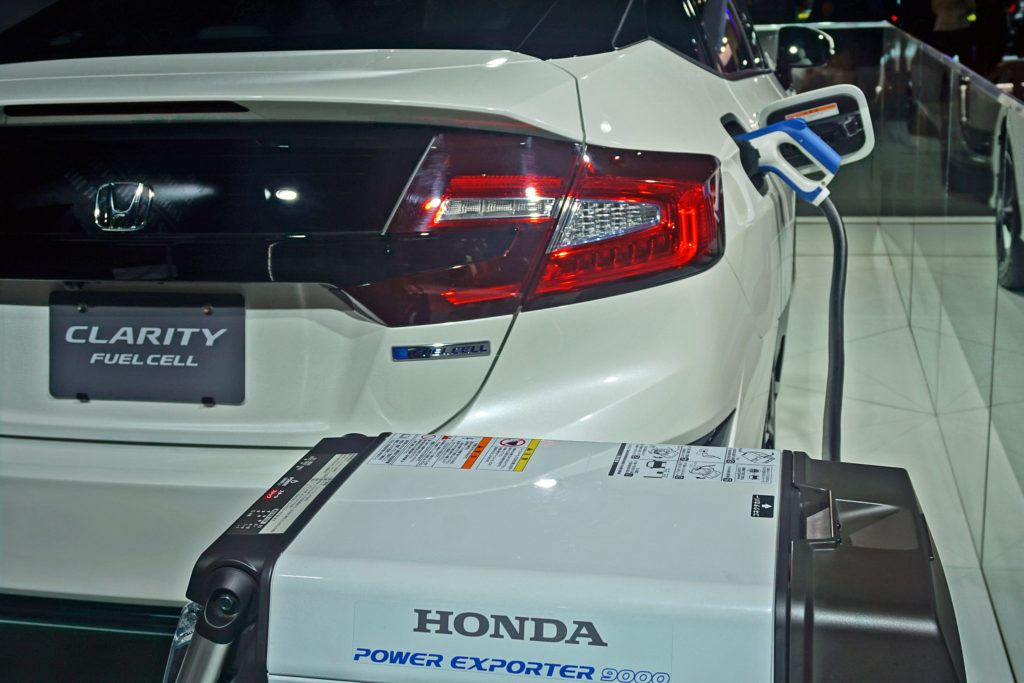
There is a great deal of interest in developing cost-effective, energy-efficient and environmentally-friendly ways of producing hydrogen. If hydrogen-powered vehicles are to catch on, it is essential.
Presently, most hydrogen is produced using natural gas reforming, which extracts it from natural gas and produces carbon dioxide as a byproduct. It is not a green process.
The desirable way to make hydrogen is by electrolysis of water – splitting water into its oxygen and hydrogen components. At present, none of the techniques for doing this are very cost effective or energy-efficient.
One method that is well-known is the use of a solid oxide electrolyzer cell (SOEC), which is a kind of fuel cell run in regenerative mode – meaning it uses electricity to make chemical substances rather than the converse. Such cells operate at elevated temperatures (700-1000o C.) The general function of an SOEC is to split water supplied in the form of steam into pure H2 and O2 by the use of an electrical current that drives the two kinds of atoms into opposing electrodes through a specialized electrolyte .
A research team at UNIST in Ulsan, South Korea, has developed a Hybrid-SOEC that greatly improves the energy efficiency of hydrogen production. The novel electrodes and electrolyte in their device use less electricity, has a quadrupled hydrogen production rate, and offers good long-term stability compared with existing devices.
The new system is attracting a great deal of attention as a promising option for cost-effective and efficient hydrogen production. If hydrogen is to become the fuel of the future, it must be economical and it must be produced in a carbon-free manner. This new approach to electrolysis has the potential of meeting those requirements.
**********
Web Links
A New Strategy for Efficient Hydrogen Production
Photo, posted November 19, 2016, courtesy of Flickr.
‘A Better Way to Make Hydrogen’ from Earth Wise is a production of WAMC Northeast Public Radio.
Leave a Reply